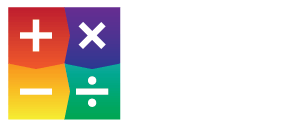8 Examples of Using Math in Real Life
Math is the universal language of our world today. It helps humanity to create and explain.
We all employ math in our everyday applications regardless of whether we know it or not. If you are keen, you will notice that math occurs even in the unlikeliest of places. Throughout our everyday lives we are using math, such as telling time, calculating measurements for a recipe, and shopping.
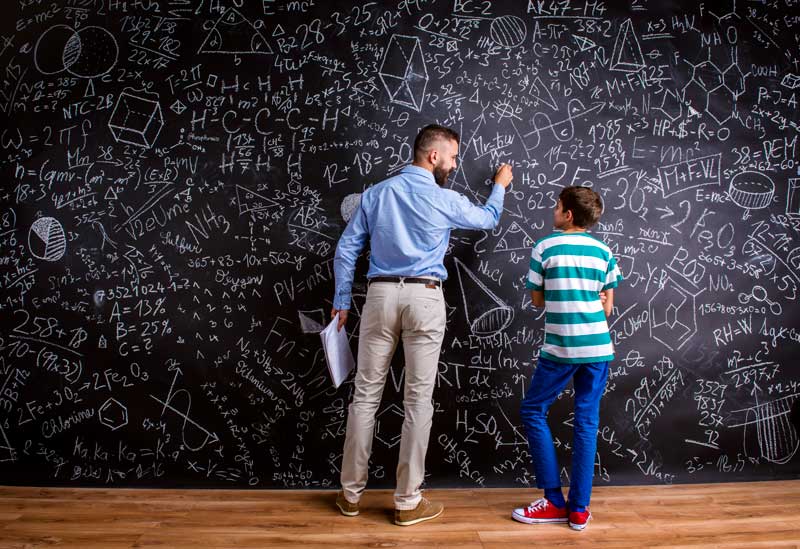
When will I ever use math?
Countless students have asked this question. Many students often wonder when exactly they are ever going to apply this skill set. The answer though, is that we use it all the time, or at least the more basic forms of math. Unless you are an actuary or engineer, you may never have to use the more complex concepts of math.
Nonetheless, the underlying skills that are developed during our years in school reverberate throughout the lifetime of the student and do resurface from time to time in different ways.
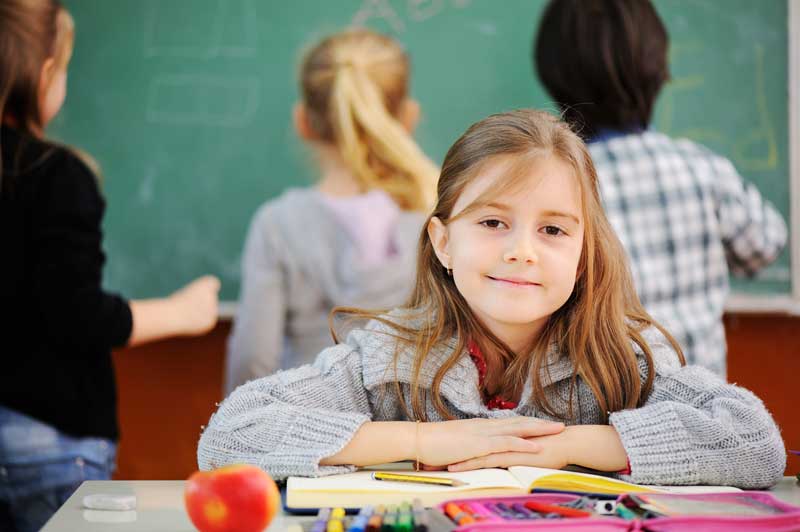
In those times we do need it, having a solid understanding and grasp of the basic mathematical concepts will help us succeed in our personal and professional lives, whether it’s to perform some aspect of a job or to purchase something we need or want, or even planning a trip to an exciting destination.
#1: Video games
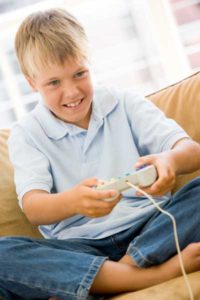
Many students love video games. Regardless of the game they play, they may use math to estimate the key metrics like the duration it would take to conclude a gaming session, the number of points they require to attain a certain skill level, or how their scores measure up to that of their peers.
TEACHER TIP: Make use of a fun game that the students play individually or as a group where they rake in some points. Let the students employ math to compute the average score in the class and how these averages compare.
#2: Budgeting
Instill in your students the value of setting goals and adhering to a budget. Chances are they may want to purchase a new video game, go on a trip, or buy a big house or expensive car.
Whatever they desire, they will want to attain their goals. To do this, they have to know how much money they will have to have to accomplish and attain whatever they seek. Help them to spend time thinking about their dreams and formulating a plan for achieving it.
TEACHER TIP: Compel your students to draft lists for the years and months to come. Let them carry out some research on the costs of the goals. As soon as they have a clear goal in mind, let them formulate some plans that are intended to achieve the same on a financial front. Have them figure out the amount of money they would have to set aside per week or month.
#3: Time Management
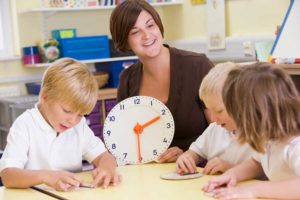
Time is by far the most valuable asset. Because of this, you have to teach your students the value of time. This entails how to tell time via the analog and digital clocks, all about the world clocks, calendars, time zones, and the value of keeping time.
In this fast-paced modern world, it is easier for us to get distracted and let time fly by without having accomplished anything concrete.
TEACHER TIP: Let your students set goals and apportion the time on a weekly or monthly basis towards the realization of their goals.
On the same note, you should have your students determine the calendar times, generate their own to-do lists, and rank the tasks they have in mind in line with their own priorities.
In this way, you will not only teach them math, but also aid them in learning how to organize their lives and attain their dreams.
#4: Investing and Saving Money
Many experts contend that without a solid foundation in math skills, people tend to resort to their emotions to invest, save and spend their money. In other words, poor math skills can lead to poor financial decisions.
They may generate a lot of debt, not realizing the true cost of the interest that builds on the debt. Their expenses could exceed their income, or they may fail to realize the true cost of small unnecessary purchases made over time due to a habit or emotional decision.
With understanding of exponential growth and compound interest, students will stand a better chance of managing their finances in the future. Financial knowledge diminishes with time. It is hence critical to keep the young people constantly updated.
This happens mainly by demonstrating how specific mathematic lessons may apply to real-life circumstances and budgeting. In the process, students may also get to know to save and spend their money without undue frustrations and fear.
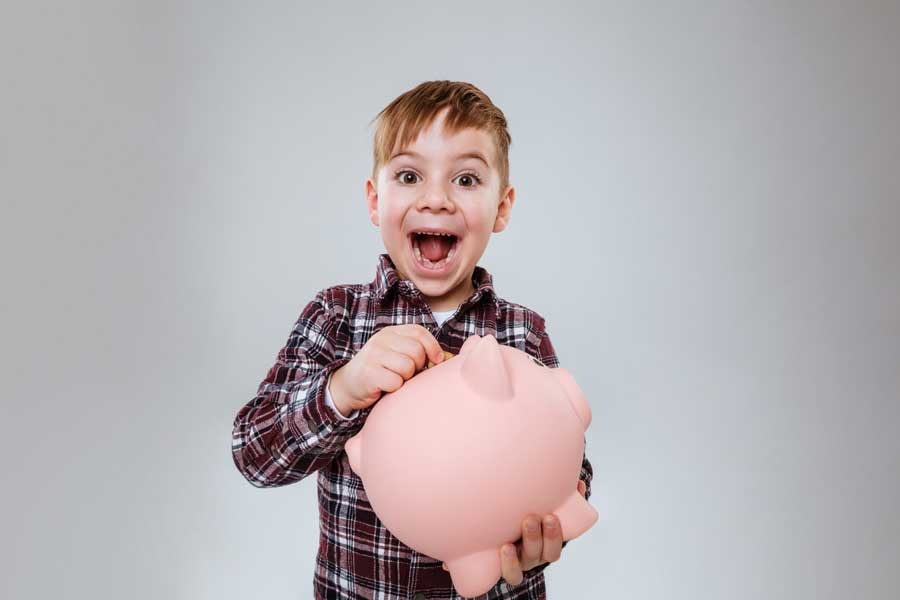
TEACHER TIP: Practice investing your money. To do this, allocate some fictional or monopoly money to your students either individually or collectively as a group. Upon teaching them how to save, invest and accrue interests, let them make their financial decisions with their own money.
Follow up on the stock market and peruse through their savings on a weekly basis to ascertain whether their totals rise or fall with time. With the popularity of meme stocks and cryptocurrencies, there is greater interest now in individual intesting, that may make the topic and activity more appealing and exciting to your students.
#5: Travel

Most everyone has some desire to travel, explore, or move to some place they’ve never been or a place they enjoy being in.
Math is used in travel, whether it’s in calculating the time it takes to get somewhere, the cost to go, or the distance traveled to get there.
You can calculate the amount of fuel or energy needed to drive there, as well as the speed you would need to go. Computing the fuel to be spent is critical to long-distance travel. Failure to accurately calculate it can result in being stranded without gas, or power in the case of electric cars, on the roads for a longer-than-anticipated duration of time.
You may also employ math throughout your travels while paying up the tolls, counting the exit numbers and gates, and checking the pressure of the tires.
Long before Google maps and the GPS, people made use of atlases, road signs, paper road maps, and verbal directions to hassle their ways out and about a country’s byways and highways. Reading maps is almost foregone. It demands the use of little time, appropriate orientations, and fundamentals of mathematics.
In case you are a teacher, you may demonstrate to the students how to apply their mathematical skills to read maps. Doing that will make them safer travelers and at the same time, make them less dependent on technology.
Using the old school maps also confers lots of fun, by way of drawing up the paths to follow, and estimating the length of time you would take to get to a designated spot or location not to mention the number of miles to be covered.
Two stars occupy the outer edge of this ‘Big Dipper.’ They hence point to a bright star around which all the other stars rotate owing to its occupation of the North Pole.
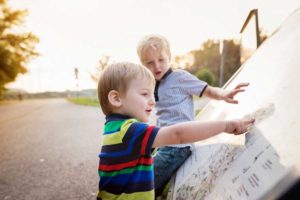
TEACHER TIP 1: Organize the ‘pretend trips’ individually or in groups. At first, enlighten your students on how to orient themselves on a map, and to commence the process of finding their present position on a map.
Let them assign the label A to this point. Perhaps the simplest way to achieve this is to start with the exact town you are located in at the moment.
After this, let the students identify the adjacent intersections, crossroads, and other points that are easier to identify like the highway entrances, buildings, and bridges.
Upon establishing these locales as starting points, identify the point of your destination (point B). This will let you determine the precise route by factoring in such issues as the speed limit, and the terrain.
Buying and making do with cheaper paper maps is an exciting manner of incorporating these activities in your class. You may as well go high-tech and utilize the map apps that are available online.
TEACHER TIP 2: Train your students how to navigate their ways by making use of the sun during the day and the stars at night.
Daytime Navigation

While in the Northern Hemisphere, the sun does rise in the east and set in the west. From the time of the day, it is possible for you to orient yourself on the basis of the position of the sun.
It is somewhat trickier to do this during the day around noon given that the sun shines directly overhead. The rotation of the earth around the sun and this overhead position formed the basis of mankind’s first clock, the sundial.
Nighttime Navigation
On any clear night in the northern hemisphere, it is possible for you to pinpoint the Polaris, the North Star, using one of the most cognizant celestial bodies i.e. the Ursa Major (The Big Dipper).
#6: Cooking and Baking
The kitchen area makes more use of math than just about anywhere else. Baking and cooking are sciences in their own rights. They can also be some of the most effective and delicious ways of instilling mathematics skills in your students.
Recipes are often some kinds of mathematical algorithms. These are self-contained step-by-step sets of operations that are to be carried out. Its proof lies in the pudding.
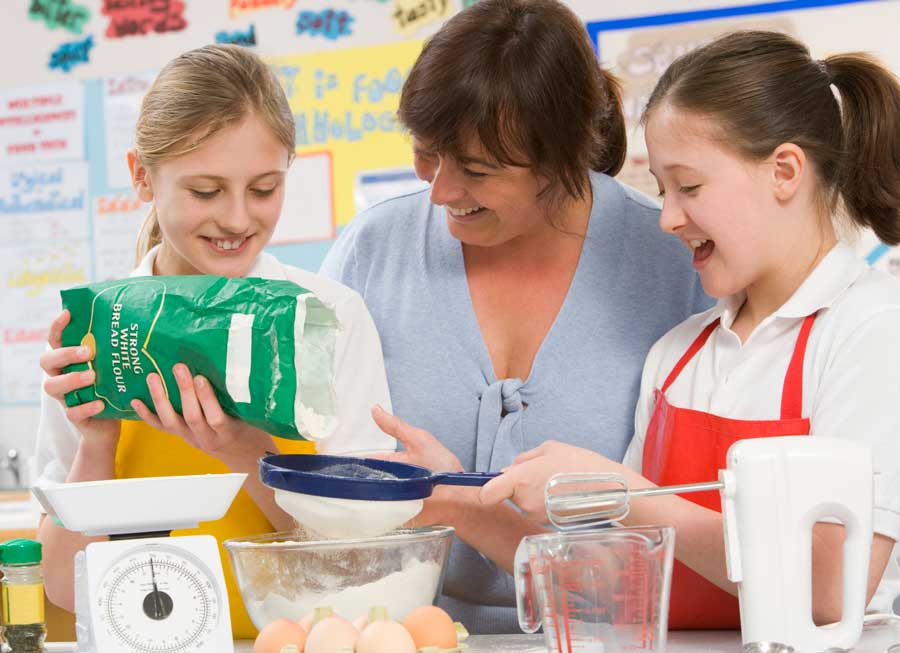
Working in the kitchen demands a vast array of mathematical know-how that include the following:
- Computing the ingredients to pursue a given recipe
- Multiplying or dividing the fractions to make more or less than a single batch
- Converting the recipes from the Fahrenheit to the Celsius grade
- Converting a recipe from the metric (milliliter) to the American standard i.e. cups, teaspoon, and a tablespoon
- Estimating the cooking time and making appropriate adjustments
- Computing the required cooking time in pounds-per-hour
- Calculating the correct ratios and proportions used in baking. For instance, if the baking undertaking requires 1 egg and 2 cups of flour, then their ratio is 1:2.
Adhering to a recipe may be tricky especially if one has to convert the ratios and recipes. Conversions are an integral part of the recipe-making process especially when both Celsius and Fahrenheit are used.
Students may even find mathematics to be an exciting part cooking. Especially when they realize that with incorrect calculations, things can go very wrong and their favorite treats or foods can taste awful!
Below are a few of the most useful conversion measurements for a typical kitchen:
Celsius to Fahrenheit Conversion
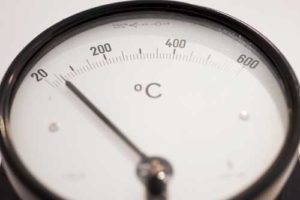
Example: The temperature of the oven has to be set at 220°C but your oven is labeled in degrees Fahrenheit. To make the necessary conversion, you will follow this formula:
Formula: °C x 9/5 + 32 = °F
220 x 9/5 + 32 = °F
396 + 32 = 428°F
Conversion from the metric to the US standard
- 1 US legal cup = 240 milliliters
- 1 US tablespoon = 14.79 milliliters
- 1 US teaspoon = 4.92 milliliters
- 1 US fluid ounce = 29.57 milliliters
TEACHER TIP: Prepare your dishes in class! Simpler cooking projects such as snack mixes or no-bake cookies that only demand measuring and mixing but no complicated undertakings such as knives or ovens can make the reinforcement of mathematical concepts funny. By cooking them, you also get to eat delicious meals together. Children and adults alike love this kind of mathematics.
#7: Grocery Shopping
Perhaps one of the most common places you might find mathematics being applied is in your local grocery store.
Shopping for groceries requires the utilization of a diverse array of mathematical know-how ranging from multiplication to estimation and finally, percentages.
Every time you compute the unit price, weigh the produce, contemplate the percentage discounts, and find rough estimates of the final price, you are in fact making do with mathematics in your shopping experience.

TEACHER TIP 1: Encourage your students to play mathematical challenges at these stores along with their families. For instance, they may estimate the total costs of all the groceries before checking out.
For even greater challenges, ask the students to involve the use of the coupons and sales while also making adjustments for bulkier items.
Those little bargain shoppers will express their gratitude to you later when they enjoy great savings in terms of the money invested.
TEACHER TIP 2: You may as well organize a field trip to the grocery store with the support of fewer parents along with a smaller student group.
Do this by making lists way ahead of time, which your class can subsequently make use of to cook their meals.
#8: Creating and Building
Question any construction worker or contractor, they will answer in the affirmative how important mathematics is to them while building any structure.
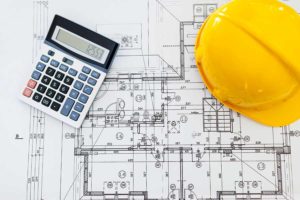
To generate anything of enduring value from the existing raw materials demand exceptional levels of creativity, the right tools-of-trade, and in-depth mathematics. Even in building digital creations in a game such as Minecraft, math can be used to construct a structure that is complex such as a castle or mansion. Having the mathematical skills, even for use in a game, can provide a powerful advantage and far extend their capabilities than without.
From figuring the right quantity of materials necessary to measuring the lengths, angles, and widths, accurately, to estimating the total costs of the projects, and bringing about real-life home improvement projects, you will need to employ mathematics considerably.
Whether students work in construction or engineer jobs in the future, renovate or build their own home, or want to build or create things in a digital environment, possessing the mathematical skills will dramatically increase their ability to succeed in whatever they do.
TEACHER TIP: Contemplate incorporating small building projects in the classroom such as a simple house that is made of a cardboard box or to the small wooden boat from a kit. Use fun building activities to teach mathematics and related skills like estimating, measuring, following instructions, and angles.
The Bottom Line
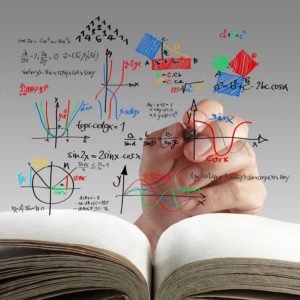
Mathematics is universally found everywhere and has countless applications in real life.
Thus, the next time one of your students or you says, “I am never going to use math,” take into consideration all the examples above. They will help to keep them motivated to learn and take on new challenges.
